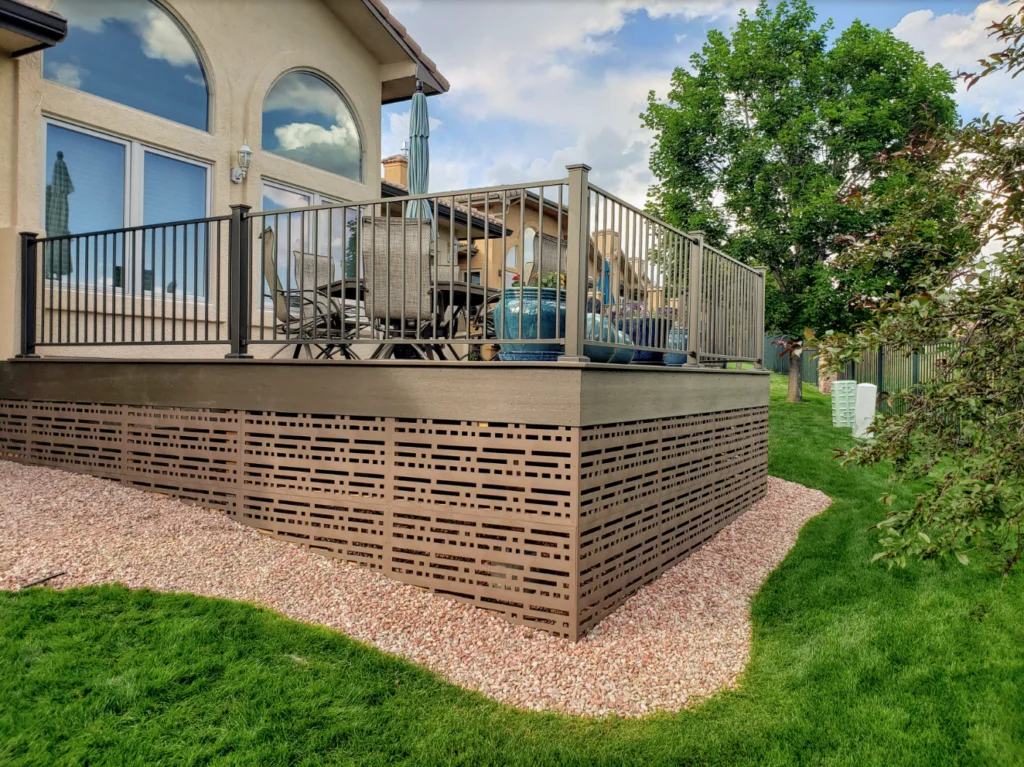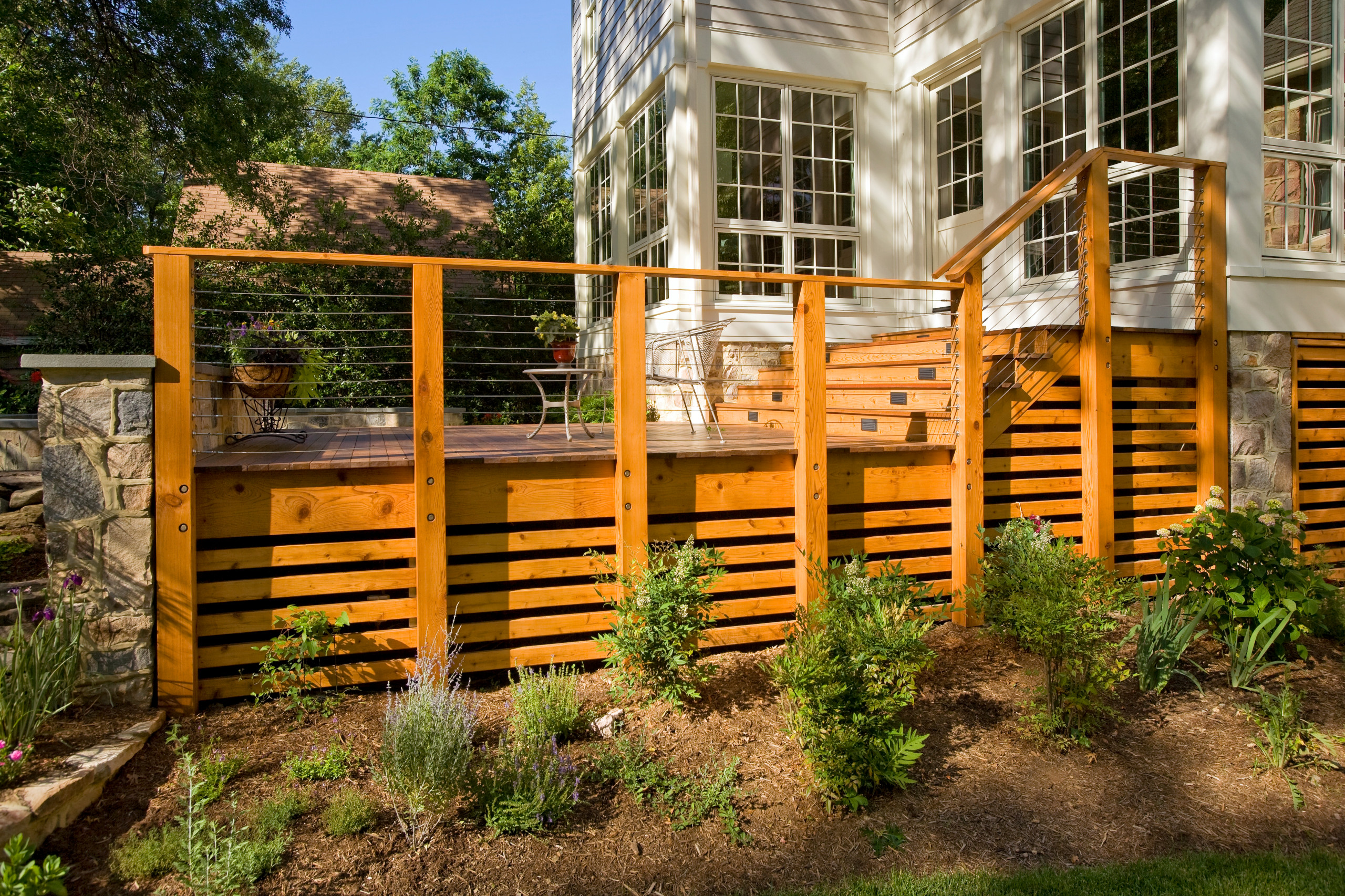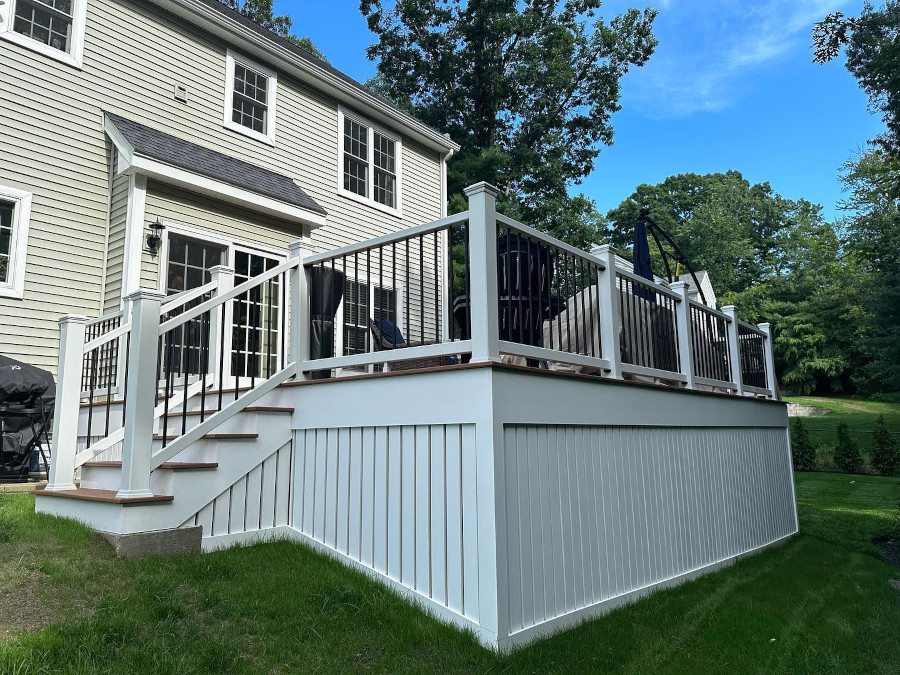When it comes to enhancing the beauty and functionality of your outdoor space, decorative deck skirting is often overlooked. However, this seemingly minor aspect can dramatically improve the overall appeal and usability of your deck! Having recently revamped my own deck with decorative skirting, I’m excited to share my insights, tips, and a comprehensive guide to help you transform your outdoor area.
What is Decorative Deck Skirting?
Decorative deck skirting serves both aesthetic and functional purposes for your deck’s perimeter. It helps conceal the area under the deck, hiding unsightly storage and creating a polished look. Plus, it can protect the space from pests and debris.
Benefits of Decorative Deck Skirting
- Aesthetic Appeal: Enhances the overall look of your deck.
- Storage Solutions: Provides storage and hides clutter.
- Protection: Shields the underside of the deck from pests and weather elements.
- Increased Property Value: Can boost the resale value of your home.
Materials Used for Deck Skirting
Choosing the right material for your decorative deck skirting is crucial. Here’s a look at some popular options along with their pros and cons:
| Material | Pros | Cons |
|---|---|---|
| Wood | Natural look, versatile, easy to customize | Requires regular maintenance, prone to rot |
| Vinyl | Low maintenance, resistant to rot and pests | Less customizable, can be more expensive |
| Composite | Durable, eco-friendly, various styles available | Can be costly, requires specific tools for installation |
| Metal | Modern look, very durable, low maintenance | Can be noisy during rain, potentially higher upfront costs |

Design Styles for Deck Skirting
There are countless design styles to choose from when it comes to decorative deck skirting. Here are some popular options that I personally found inspiring:
1. Lattice Skirting
Lattice offers a classic look, allowing airflow while providing a subtle visual barrier. It’s great for creating a decorative pattern underneath.

2. Closed Panel Skirting
This style fully encloses the area beneath your deck, offering maximum storage potential while providing a sleek look.
3. Raised Panel Skirting
Raised panels add a touch of elegance and sophistication. They can be painted or stained to match your deck.

4. Horizontal or Vertical Slats
Using horizontal or vertical slats can create a modern aesthetic. This style not only looks stylish but also allows for airflow.
DIY vs. Professional Installation
Deciding whether to install your decorative skirting yourself or hire a professional depends on your skill level and budget. Here’s a quick comparison:

| Criteria | DIY Installation | Professional Installation |
|---|---|---|
| Cost | Lower overall cost | Higher upfront cost |
| Time | Requires more time and effort | Quicker turnaround time |
| Skill Level | Basic carpentry skills needed | No skill required |
| Customization | Higher customization potential | Limited customization |
Step-by-Step DIY Installation Guide
If you’re considering a DIY approach, here’s a comprehensive guide based on my own experience:

Tools You’ll Need
- Measuring tape
- Level
- Hammer
- Saw (circular or miter saw)
- Nails or screws
- Drill
Installation Steps
- Measure: Carefully measure the perimeter of your deck.
- Cut the Panels: Using your measurements, cut the panels to the proper size.
- Prepare the Ground: Clear any debris and level the ground beneath the deck.
- Attach Panels: Start attaching your skirting panels, ensuring they are level.
- Finishing Touches: Add any desired paint or sealant for protection.

Maintenance Tips for Decorative Deck Skirting
Once your skirting is installed, you’ll want to keep it looking great. Here are some maintenance tips:
- Regularly check for any signs of damage or pests.
- If you used wood, consider staining or sealing it every few years to protect it from the elements.
- For vinyl or composite materials, a simple wash with soap and water will suffice.
FAQs About Decorative Deck Skirting
What is the purpose of deck skirting?
Deck skirting serves to protect the area underneath your deck from pests, enhance the aesthetic appeal, and provide additional storage space.
How high should deck skirting be?
Deck skirting should be a few inches above the ground to prevent moisture build-up and allow airflow. Aim for 6-12 inches above ground level.
Can I use decorative skirting on an uneven deck?
Yes! A professional installer can create a custom skirting solution to accommodate uneven surfaces.
What materials are best for deck skirting?
While wood and vinyl are popular, composite and metal materials offer durability and low maintenance, making them excellent choices as well.
How do I clean my deck skirting?
For wood, use a mild cleaner and a brush. Vinyl can be cleaned with a damp cloth and soap, while composite and metal can be hosed off.
Conclusion: Transform Your Outdoor Space with Decorative Deck Skirting
Decorative deck skirting is a simple yet impactful way to enhance the aesthetics of your outdoor space. Whether you choose to DIY or hire a professional, the options are vast, and the benefits are clear. By investing time in selecting the right materials and designs, you can create a beautiful, functional area that enhances your home’s curb appeal.
Don’t hesitate to share your own experiences or ask questions in the comments below. Happy decking!